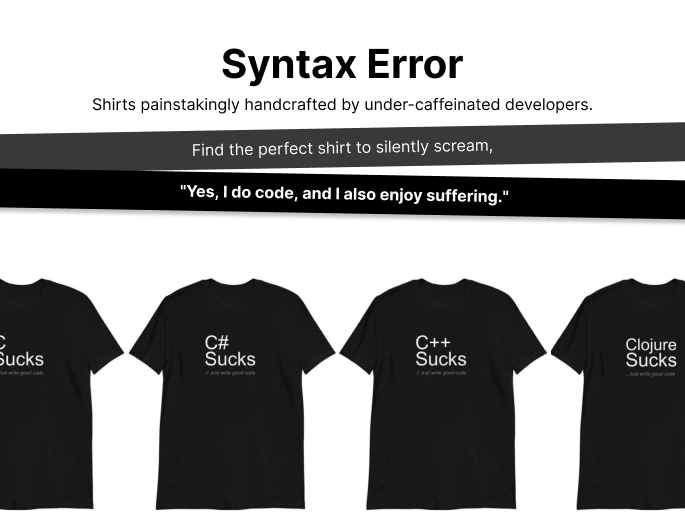We think you might be interested in this job:
In July, the National Institute of Standards and Technology (NIST) announced the first group of four new https://csrc.nist.gov/projects/post-quantum-cryptography/selected-algorithms-2022 designed to defend against attacks by future quantum computers that may be able to crack today’s encryption techniques. https://csrc.nist.gov/Projects/post-quantum-cryptography/post-quantum-cryptography-standardization/round-3-submissions remain under consideration for future inclusion in NIST’s post-quantum encryption standard, which the institute expects to finalize within two years. In an interview with The New Stack, https://www.linkedin.com/in/torsten-staab-phd-63a50b, principal engineering fellow at Raytheon Intelligence & Space, said that NIST’s announcement highlights the need to prepare for quantum day, or Q-Day, when quantum computers become powerful enough to break today’s asymmetric encryption.
The random numbers used by current encryption algorithms are usually generated by software-based pseudo-random number generators (PRNGs).
Multiple encryption techniques and hybrid approaches should help with that as well, Staab said — along with quantum key distribution (https://www.nsa.gov/Cybersecurity/Quantum-Key-Distribution-QKD-and-Quantum-Cryptography-QC/).






